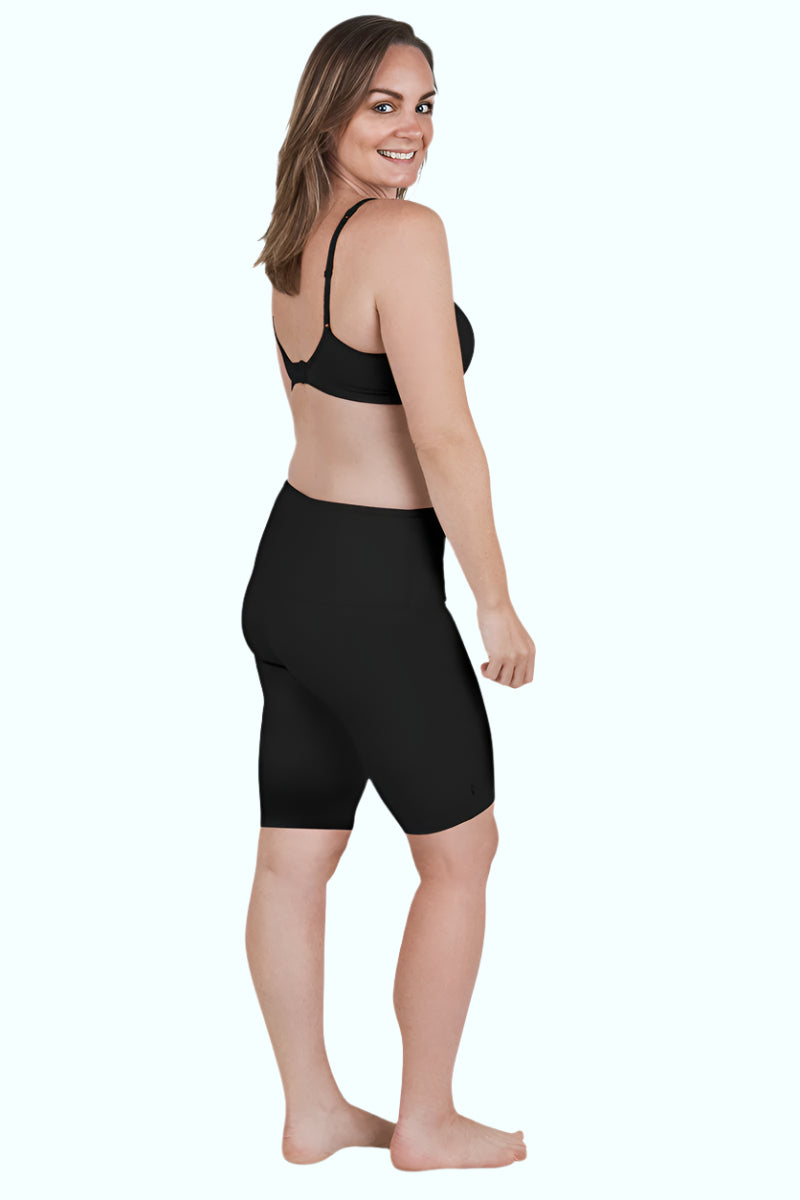Approximate Reading Time: 3 minutes
The pregnancy waddle, the description of a pregnant woman’s gait lovingly referred to as the“pregnancy swag” accompanied by cute penguins are the source of numerous internet memes from “Everyday I’m Waddling” to “Keep Calm and Waddle On” are no laughing matter as the condition is a likely sign of pelvic instability and is often accompanied by pelvic girdle pain.
Researchers from Hiroshima University looked at this and found that maintaining balance during the progression of a pregnancy can be difficult. Balance is influenced by our centre of gravity. Pregnancy affects our centre of gravity.During the first trimester, pregnant women's centre of gravity is more forward. As the pregnancy progresses this becomes greater. This causes her to lean backwards while standing and can cause her to lose balance and fall more easily.
Research has also shown that fall rates for pregnant women are similar to those of elderly persons living in the community, estimated at 25% for those 70 years of age and 35% for those over 75 years (Campbell et al 1990). Two-thirds of falls are associated with walking on slippery floors, rushing, or carrying an object (Dunning et al 2009).The two factors accounting for 72.5% of the falls were stairs and slippery surfaces. Of those falling on stairs over half reported not using available handrails and of the 720women wearing shoes when falling, 31.0% reported their shoes were loose, backless, or slick and/or their shoes had a heel height of least one inch or higher (Dunning et al 2009). The root causes for these falls are not well known. However, some factors that have been shown to contribute to these injuries include deviations from normal posture, balance, gait and footwear.
Lesson: Sensible shoes are one of the best ways to decrease your risk of falling. Some of the best that provide the necessary support and stability are Ecco and Birkenstock, as well as your athletic trainers / runners.
Numerous physical and neurological changes also occur during pregnancy. These can increase the risk of musculoskeletal disorders and falls as above. Musculoskeletal disorders include lower-back pain and pelvic girdle pain. The influences of increased hormones such as oestrogen and relaxin can influence soft tissue, cartilage and ligaments. Some skeletal joints such as the pubic symphysis and sacroiliac have increased laxity which causes pelvic girdle pain and instability. This coupled with increased weight gain and an altered centre of gravity can also contribute to a “waddle”.
"Going into my first pregnancy I had suffered pelvic pain for about five years. I was very concerned as to how I would manage the pain throughout pregnancy. I already had a cupboard full of back support braces and pelvic belts etc, … heard about SRC Pregnancy Shorts and thought why not give them a go? Wearing them day and night, the results were instant. I absolutely loved them!”
– Bridget McIntyre, TV Presenter
Here are thedetailed scientific reasons to go shopping for a new pair of shoes and SRC Pregnancy Leggings or Shorts:
Branco et al 2014 review of the available literature with respect to pregnancy gait looked at studies relating to; variables of stride length, step length, stride width, base of support, and single and double support time which were the spatial and temporal parameters that were studied. Most papers reviewed showed changes in spatial and temporal parameters in late pregnancy, specifically, a significant decrease in the length of the gait cycle, in step length and a significant increase of the double support time. Fotiet al 2000 showed a significant reduction in the single support time and Gilleard 2013, found a significant increase in step width. Forczek and Staszkiewicz 2012 also found a significant increase in the base of support. With the above information with regard to pregnancy gait it is understandable why pregnant women “waddle”.
Campbell, A. J., Borrie, M. J., Spears, G. F., Jackson, S. L., Brown, J. S., & Fitzgerald, J. L. (1990). Circumstances and consequences of falls experienced by a community population 70 years and over during a prospective study. Age and Ageing, 19, 136–141.













